( English version at the bottom of the page )
Les essais en vol du La-174D débutèrent en Août 1948 aux mains de Kotchetkhov, soit à peine quatre mois après le début des essais
en vol du La-168. Comme le MiG-15 effectuait aussi ses essais à la même époque, les pilotes purent comparer les performances des
deux appareils. Les performances du La-174D étaient supérieures à celles du MiG-15 à haute vitesse et à moyenne altitude et au
niveau des caractéristiques de décrochage. Le MiG-15 reprenait l’avantage en altitude et son armement était supérieur.
Par contre, grâce à sa masse plus faible, le La-174 était plus manœuvrant mais la formule aérodynamique de l’appareil avait aussi
ses inconvénients. Par exemple, l’implantation haute de la voilure impliquait un train d’atterrissage fixé sur le fuselage et par
conséquent un train à voie étroite qui était sensible au vent de travers à l’atterrissage . Un des prototypes fut perdu lors d’un
essai de vrille que Fiodorov fut incapable de récupérer. Il réussit néanmoins à évacuer l’appareil sans utiliser le siège éjectabl
qui ne lui inspirait aucune confiance. Le défaut responsable de cet accident fut corrigé plus tard au cours de la mise au point de
l’appareil. La première apparition publique du La-174D eu lieu en 1949 à Tushino.
Le La-174D parut suffisamment prometteur pour que la production en série soit lancée avant même la fin des essais en vol.
La version de série fut appelée La-15 et n’était que légèrement différente des prototypes.
Le La-15 fut construit en beaucoup moins d’exemplaire que le MiG-15 malgré une conception plus avancée que ce dernier.
Il semble aussi qu’il ne fut pas construit en grande quantité car la technologie de l’avion était plus coûteuse que celle du MiG-15.
Environ 500 La-15 furent construit et utilisés jusqu’en 1954 comme chasseur léger de jour et d’appui au sol.
Le La-15 fut apprécié pour sa légèreté, sa manœuvrabilité, son habitacle, vaste et confortable pour un si petit avion, avec
une instrumentation bien disposée et son excellente visibilité. Le La-15UTI était une version d’entraînement biplace du La-15
désigné La-180 par le constructeur mais sa production en série fut annulée en décembre 1949.
Commandes :
Touche 1 : Moteur .
Touche 2 : Feux de positions .
Touche 3 : feux d'atterissage .
Touche 4 : Déverrouillage mitrailleuse .
Aérofrein : touche Trim position basse
Trim : touche VTOL .
Vitesse et maniabilité conforme a l'avion réel .
Une version UTI , ( biplace d'entrainement ) est en préparation .
English version :
The flight tests of the La-174D began in August 1948 at the hands of Kotchetkhov, barely four months after the start of the tests
in flight of the La-168. As the MiG-15 was also testing at the same time, pilots were able to compare
two devices. The performance of the La-174D was superior to that of the MiG-15 at high and mid-altitude
level of stall characteristics. The MiG-15 took the advantage at altitude and its armament was superior.
By cons, thanks to its lower mass, the La-174 was more manoeuvrable but the aerodynamic formula of the aircraft had also
its disadvantages. For example, the high installation of the wing involved a landing gear fixed on the fuselage and by
consequently a narrow gauge train that was sensitive to crosswind on landing. One of the prototypes was lost during a
spin test that Feodorov was unable to recover. He nevertheless manages to evacuate the apparatus without using the ejectabl seat
which inspired him with no confidence. The fault responsible for this accident was corrected later during the development of
the device. The first public appearance of the La-174D took place in 1949 in Tushino.
The La-174D seemed promising enough for mass production to be launched even before the end of the flight tests.
The serial version was called La-15 and was only slightly different from the prototypes.
The La-15 was built in much less than the MiG-15 despite a design more advanced than the latter.
It also seems that it was not built in large quantities because the technology of the aircraft was more expensive than the MiG-15.
About 500 La-15 were built and used until 1954 as a light daylight and ground support fighter.
The La-15 was appreciated for its lightness, maneuverability, cockpit, large and comfortable for such a small plane, with
a well arranged instrumentation and its excellent visibility. The La-15UTI was a two-seater training version of the La-15
Designated La-180 by the manufacturer but its serial production was canceled in December 1949.
Orders :
Key 1: Engine.
Key 2: Position lights.
Key 3: landing lights.
Key 4: Unlocking machine gun.
Airbrake: Trim key down
Trim: VTOL key.
Speed ??and maneuverability according to the actual plane.
A UTI version (two-seater training) is in preparation.
Specifications
General Characteristics
- Successors 2 airplane(s)
- Created On Windows
- Wingspan 22.9ft (7.0m)
- Length 27.4ft (8.3m)
- Height 10.8ft (3.3m)
- Empty Weight 6,731lbs (3,053kg)
- Loaded Weight 12,161lbs (5,516kg)
Performance
- Power/Weight Ratio 1.847
- Wing Loading 95.1lbs/ft2 (464.4kg/m2)
- Wing Area 127.9ft2 (11.9m2)
- Drag Points 2706
Parts
- Number of Parts 106
- Control Surfaces 7
- Performance Cost 392

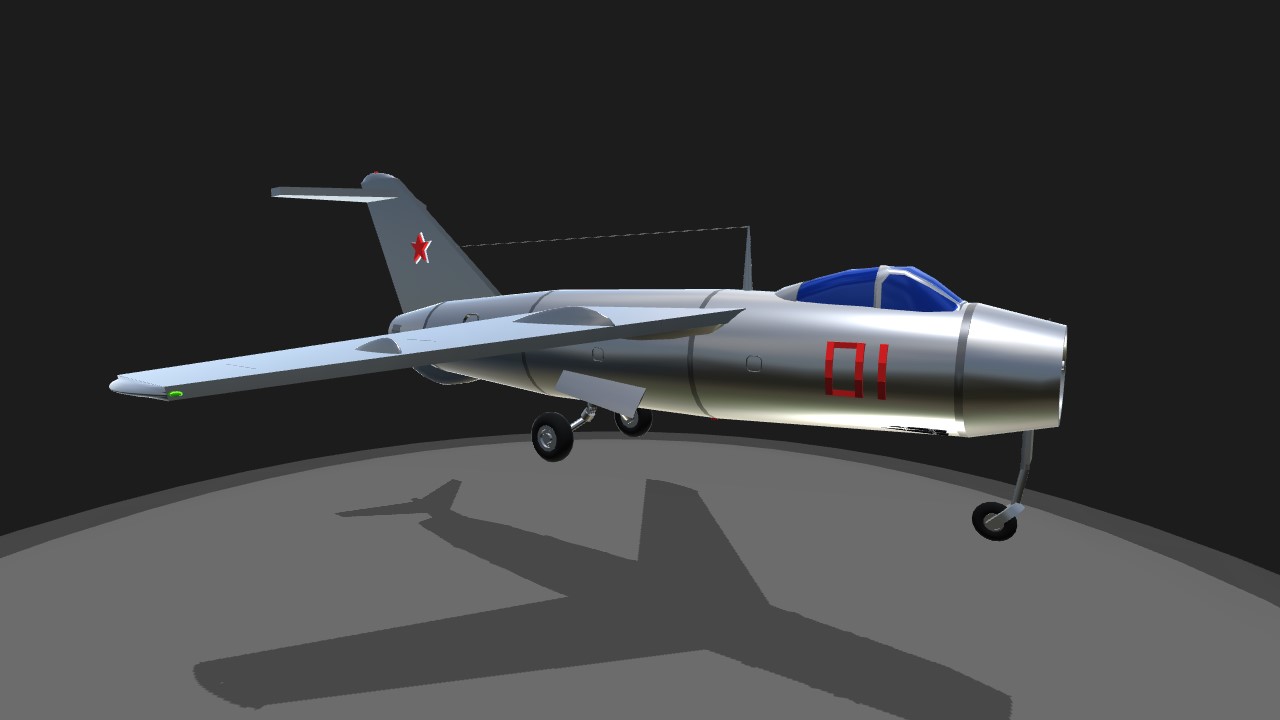
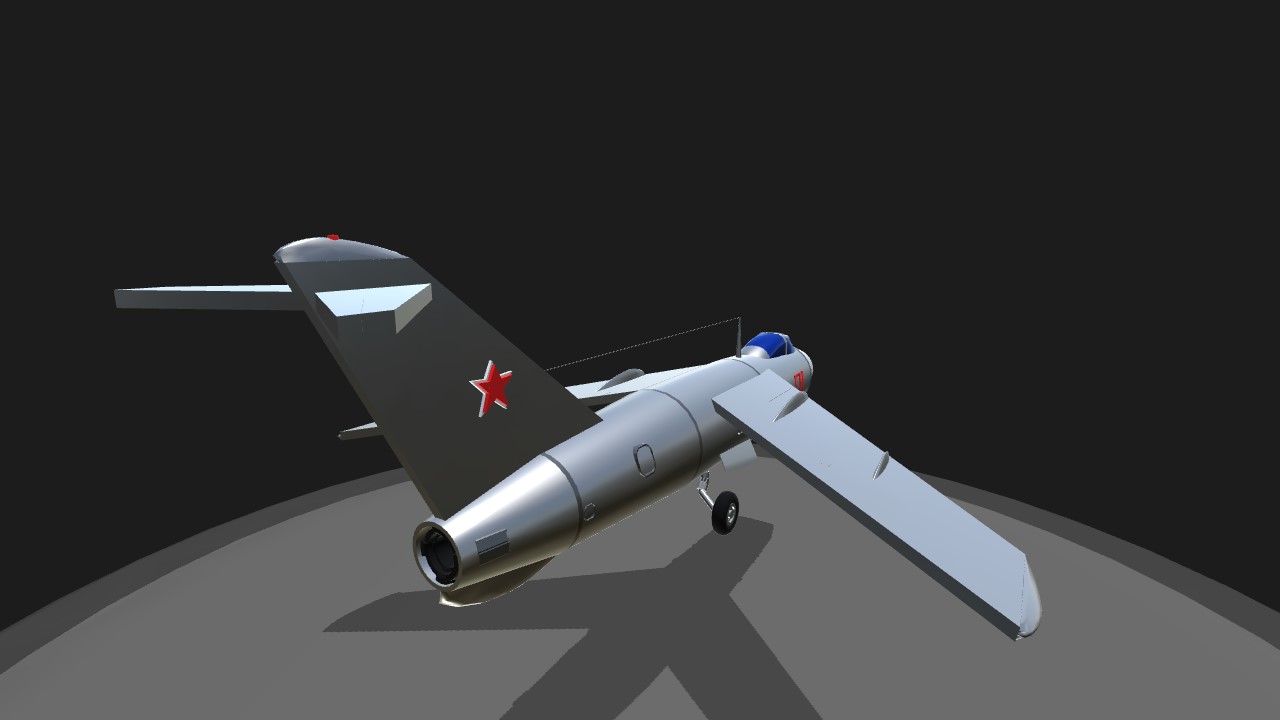
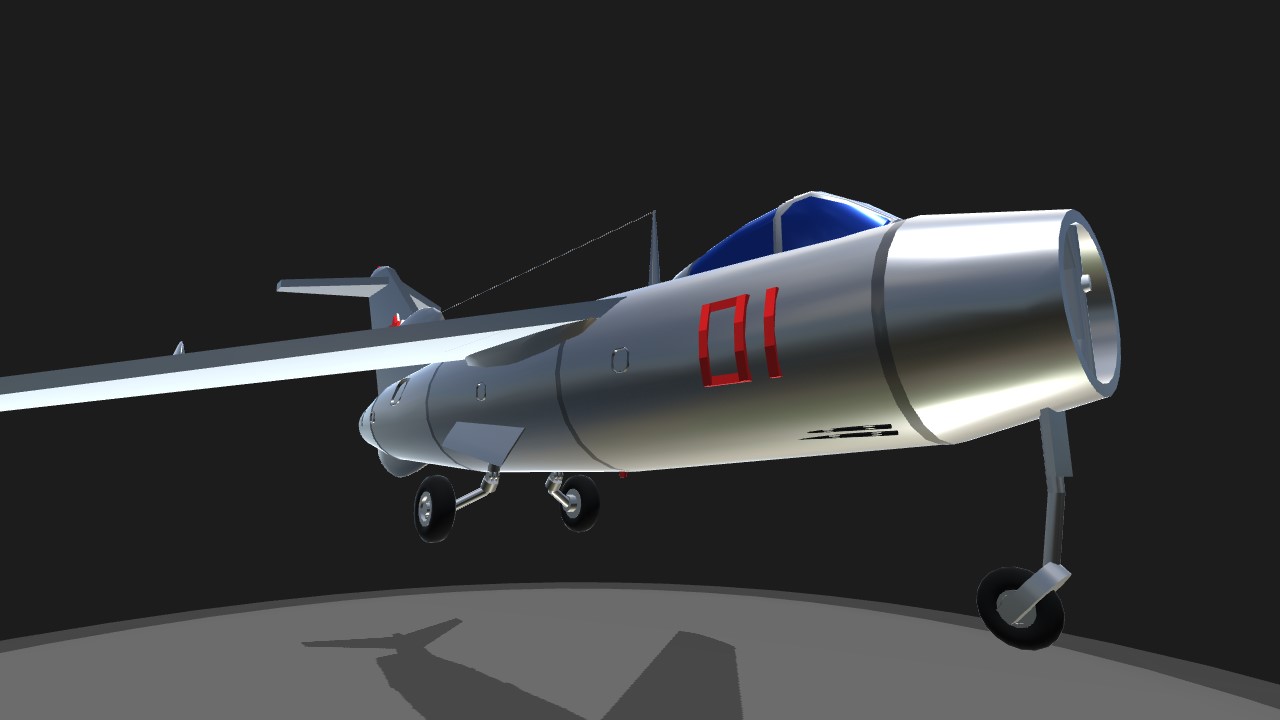
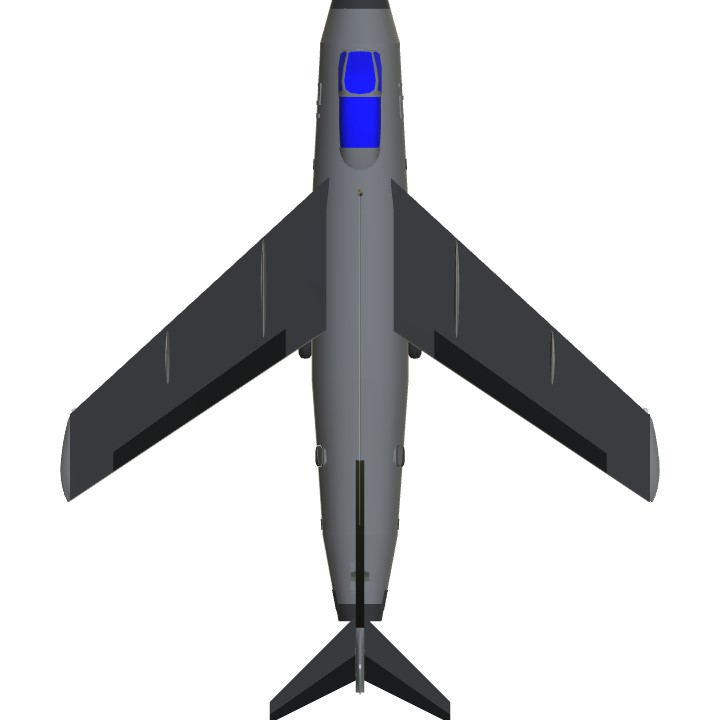
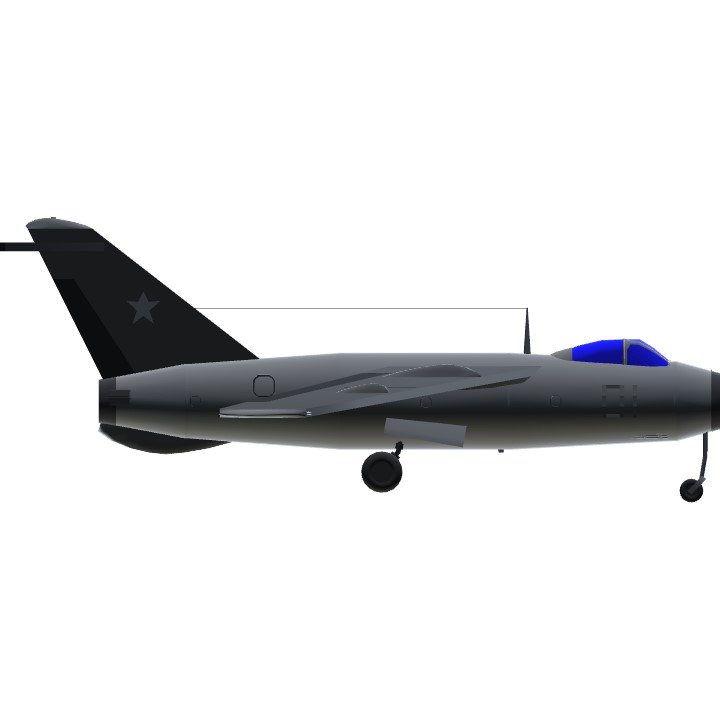
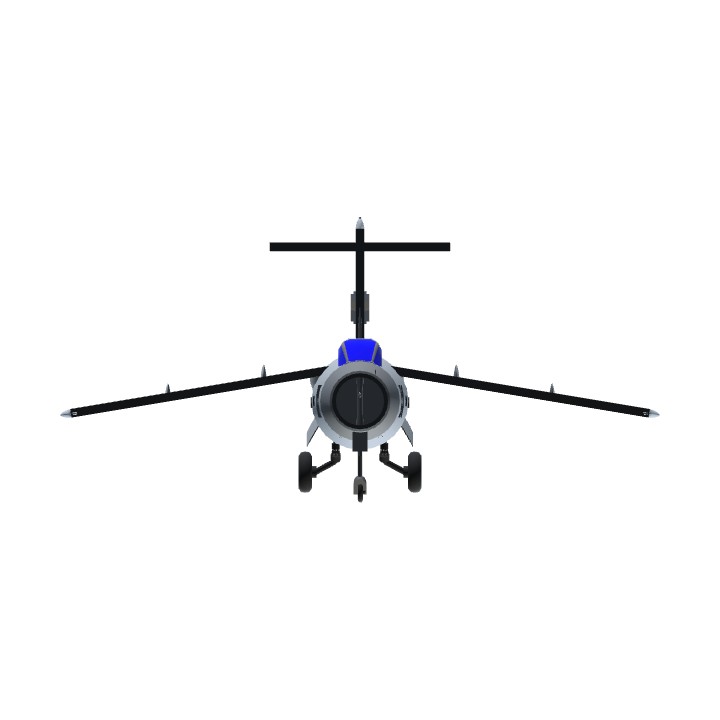
Your welcome! @Trainzo
@AircraftoftheRedStar , thank for you upvote .
@Trainzo you're welcome!
@Trainzo you are welcome!
@Razor3278 , @getorge , thanks for yours upvotes 3
@WarHawk95 , @Tang0five , thanks for your upvotes .
@BogdanX , thank for you upvote .
@BogdanX , thank for you upvote .
@grizzlitn , merci pour ton vote .
@grizzlitn , merci pour ton vote .
@grizzlitn , bonsoir , comment vas tu ? Tu n'est pas souvent present en ce moment .
J'espère que tu vas bien . Amicalement .